Archives
- 2025-10
- 2025-09
- 2025-03
- 2025-02
- 2025-01
- 2024-12
- 2024-11
- 2024-10
- 2024-09
- 2024-08
- 2024-07
- 2024-06
- 2024-05
- 2024-04
- 2024-03
- 2024-02
- 2024-01
- 2023-12
- 2023-11
- 2023-10
- 2023-09
- 2023-08
- 2023-07
- 2023-06
- 2023-05
- 2023-04
- 2023-03
- 2023-02
- 2023-01
- 2022-12
- 2022-11
- 2022-10
- 2022-09
- 2022-08
- 2022-07
- 2022-06
- 2022-05
- 2022-04
- 2022-03
- 2022-02
- 2022-01
- 2021-12
- 2021-11
- 2021-10
- 2021-09
- 2021-08
- 2021-07
- 2021-06
- 2021-05
- 2021-04
- 2021-03
- 2021-02
- 2021-01
- 2020-12
- 2020-11
- 2020-10
- 2020-09
- 2020-08
- 2020-07
- 2020-06
- 2020-05
- 2020-04
- 2020-03
- 2020-02
- 2020-01
- 2019-12
- 2019-11
- 2019-10
- 2019-09
- 2019-08
- 2019-07
- 2019-06
- 2019-05
- 2019-04
- 2018-07
-
ASC was reported as a potent antiviral and
2020-03-04

ASC was reported as a potent antiviral and antifungal agent, and its derivatives could modulate a variety of physiological activities, such as anti-tumor, anti-metastatic, and anti-diabetic activities in animals. Mie Tsuruga et al. found that 4-o-methylascochlorin had immunosuppressive activity, but
-
Previous studies from our laboratory have demonstrated that
2020-03-04
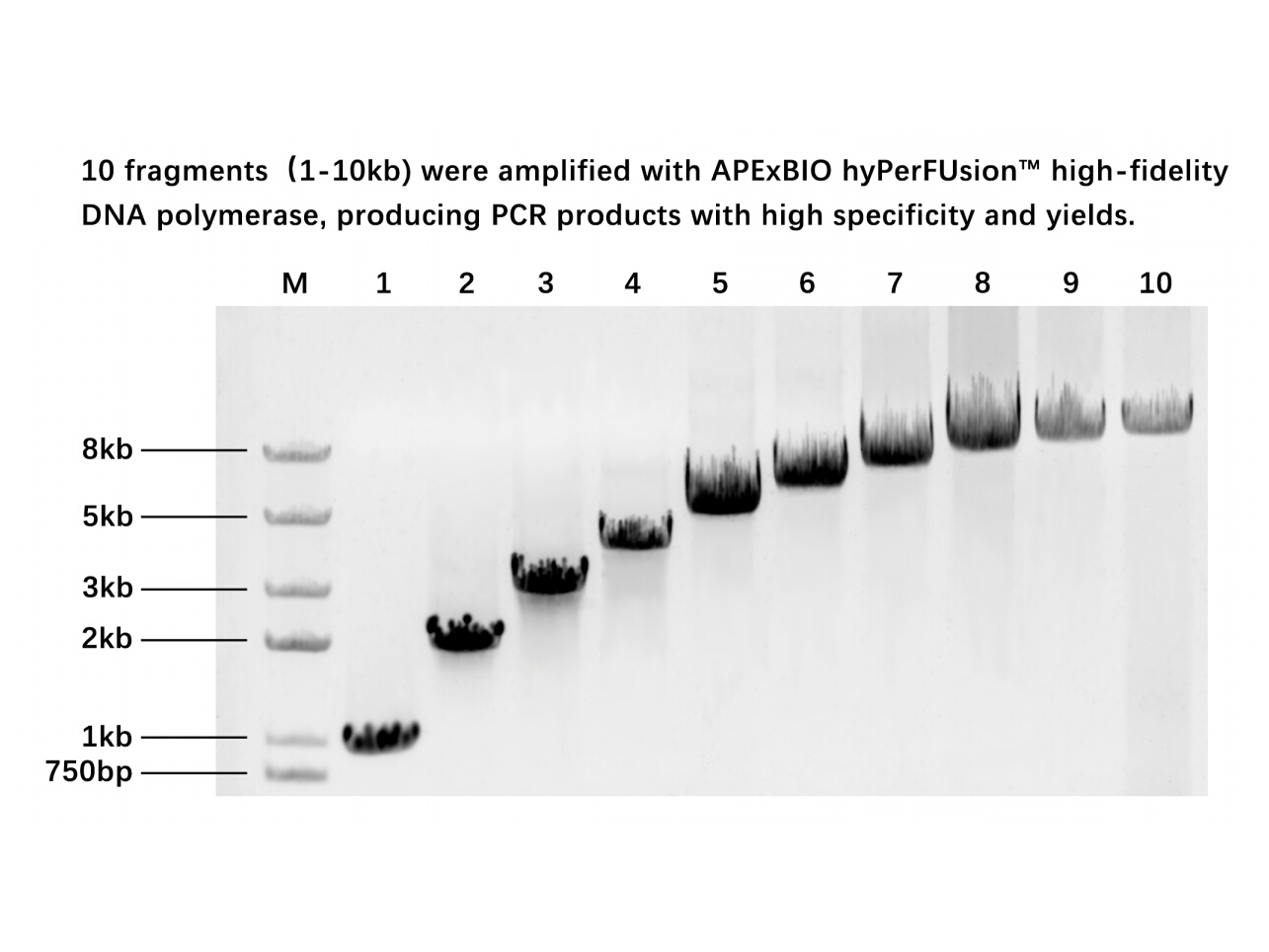
Previous studies from our laboratory have demonstrated that CysLT1R mRNA and protein expression can be upregulated by T2-type cytokines (IL-13, IL-4, and IL-5) in monocytes, macrophages, and eosinophilic HL-60 cells., To our knowledge, however, there are no studies on interactions of cytokines (suc
-
Conversely to the reduction in restraint evoked HR increase
2020-03-04
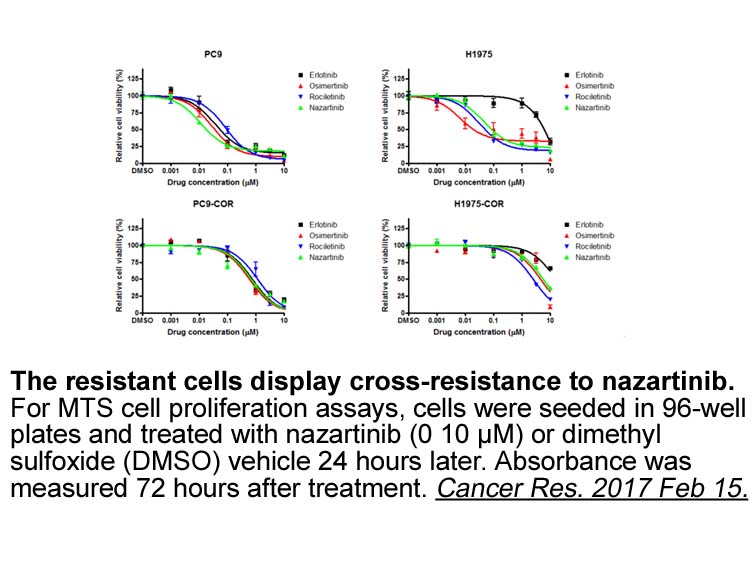
Conversely to the reduction in restraint-evoked HR increase following the blockade of CRF receptors, Nijsen et al. [28] demonstrated that BNST treatment with a nonselective CRF Levodopa antagonist enhanced the tachycardia evoked by contextual fear conditioning. Taken together, these results indicat
-
br Materials and methods br Results br
2020-03-04
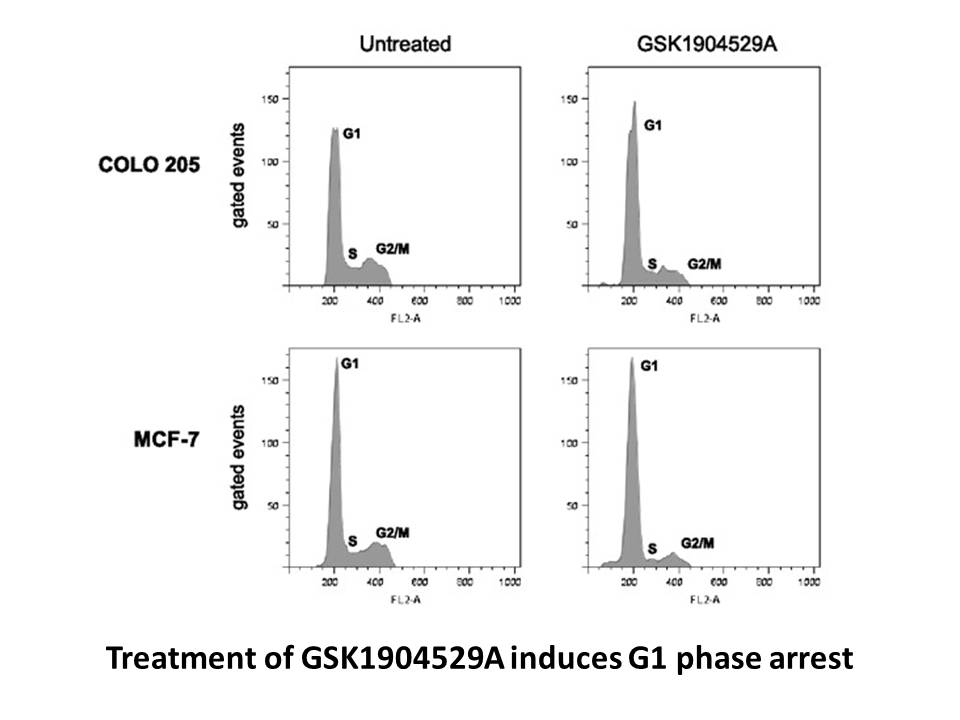
Materials and methods Results Discussion DAS and nilotinib, as the second potent, oral generation TKIs, bind to both the active and inactive conformation of the ABL1 kinase domain, have been found to be effective in treating patients with IM resistant or intolerant CML-CP, and inhibit all t
-
Enzyme mimics belong to a type of rising catalysts which
2020-03-03
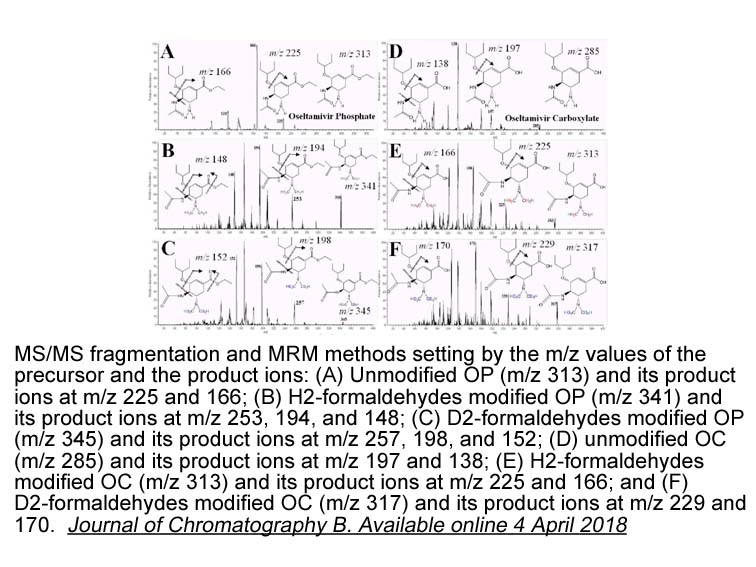
Enzyme mimics belong to a type of rising catalysts which show the similar function with their corresponding natural enzymes [20], [21], [22], [23], [24], [25], [26], [27], although their structures are different from natural enzymes. In the area of prodrug activation, the widely-used enzyme mimics a
-
The GH family includes also xylanases which are
2020-03-03
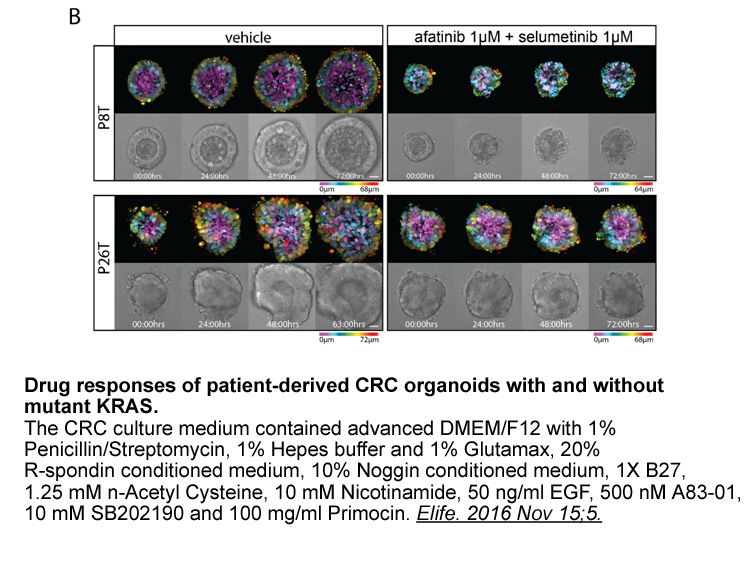
The GH30 family includes also xylanases which are not MeGlcA-dependent. Most of them are grouped to GH30_7 subfamily that includes XynIV from Trichoderma reesei showing exo- and endo-xylanase activity [11] and XYLD from Bispora sp. MEY-1 [12] having activity towards glucuronoxylan and arabinoxylan,
-
The DDRs have also been shown to be regulators
2020-03-03
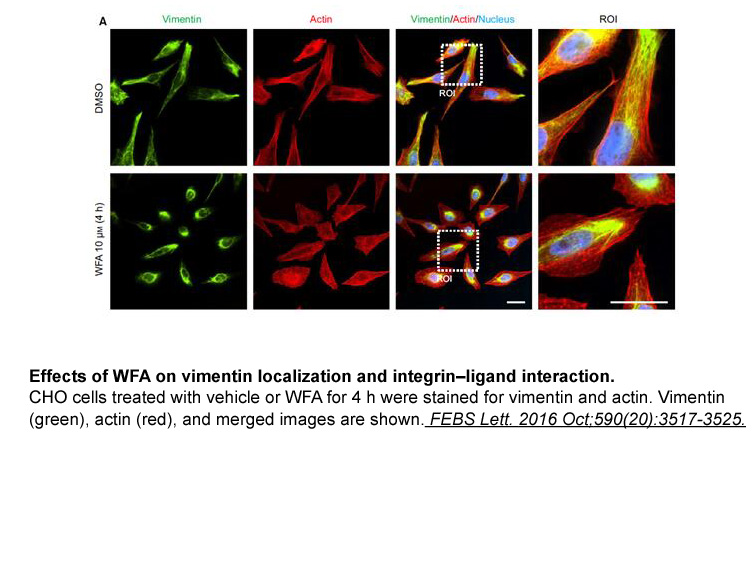
The DDRs have also been shown to be regulators of certain immunological functions. DDR1 is expressed in stimulated peripheral blood mononuclear Ciprofloxacin hydrochloride (Kamohara et al., 2001) and on activated T cells (Chetoui et al., 2011, Hachehouche et al., 2010, Kamohara et al., 2001). DDR1
-
Caspase-6, human recombinant protein mg Despite robust trans
2020-03-03

Despite robust translation of GA, only small amounts of GR and GP were translated in cultured Caspase-6, human recombinant protein mg and chick embryo spinal cord neural cells from the 75 copies of G4C2 in monocistronic constructs. Interestingly, GA is also the most common dipeptide found in autops
-
EBI remains an orphan GPCR and the identity
2020-03-03
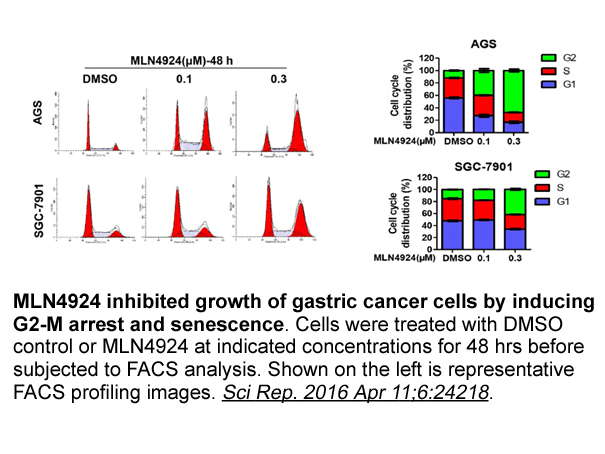
EBI2 remains an orphan GPCR and the identity and source of its ligand are yet to be described. Molecular studies of EBI2 have suggested that this receptor has constitutive activity, similar to that observed for many herpesvirus-encoded 7TM receptors (Benned-Jensen and Rosenkilde, 2008, Rosenkilde et
-
Acknowledgments br Introduction Diabetes mellitus DM is a mu
2020-03-03
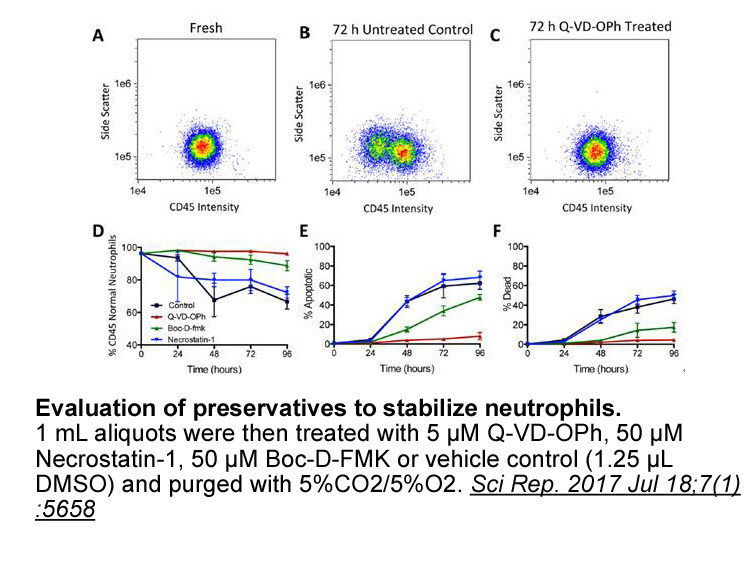
Acknowledgments Introduction Diabetes mellitus (DM) is a multifactorial disease [1] associated with serious comorbidities. This condition has recently reached epidemic proportions, as its occurrence has exponentially increased in the general population. Over 400 million people worldwide were est
-
br P Y receptor structure br Pharmacology Several subtype se
2020-03-03
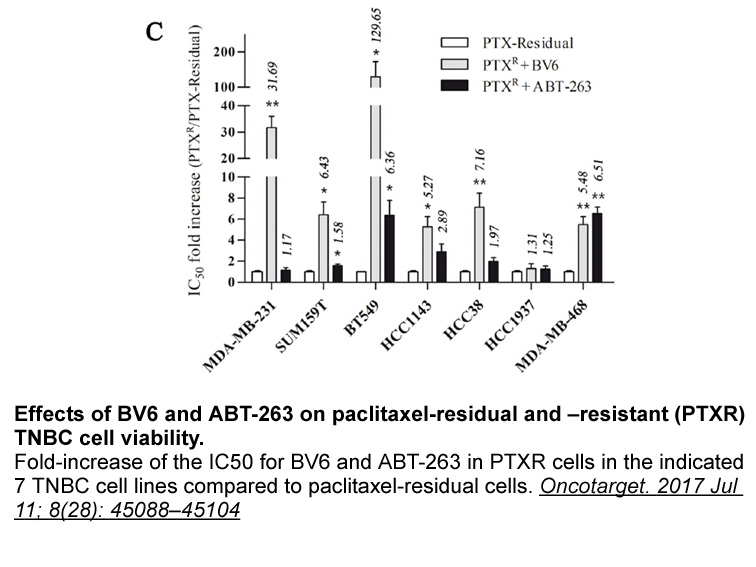
P2Y receptor structure Pharmacology Several subtype selective compounds have been developed in recent years (Jacobson and Müller, 2016; Rafehi and Müller, 2018). These compounds are helpful tools for analyzing the roles of P2Y receptor subtypes in physiology and pathophysiology. The present ar
-
Conclusions br Acknowledgements The study was supported by
2020-03-03

Conclusions Acknowledgements The study was supported by a grant from the Argentine National Agency for the Promotion of Science and Technology (ANPCyT) (PICT 2012-2649). N.R.S., H.H.O., G.J.H. and F.R. are research career members and N.C.G., E.A., E. H., F.M.R., are fellows of the National Scien
-
Several studies suggest that the
2020-03-03
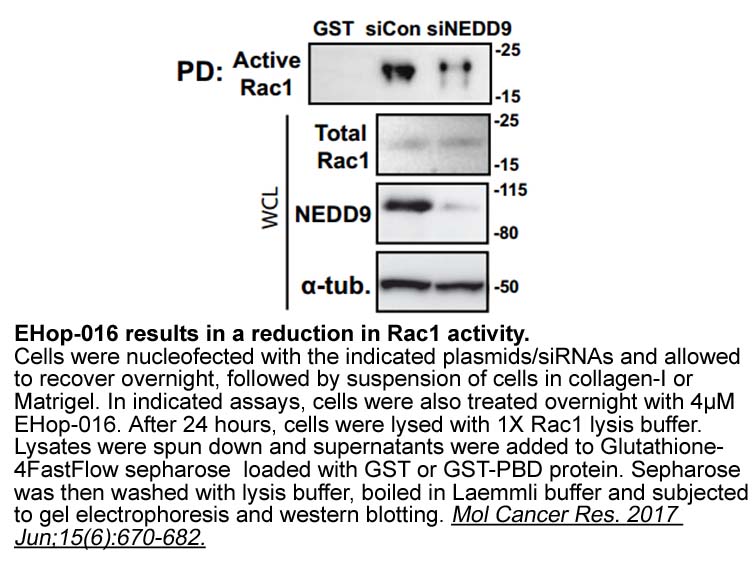
Several studies suggest that the beneficial metabolic effects of adiponectin in humans are primarily mediated by its HMW isoform. Increases in the ratio of HMW to total adiponectin, but not the total adiponectin level, correlated well with improved MK-0457 mg sensitivity during treatment with the in
-
Resistance to avermectins has been associated with point mut
2020-03-03
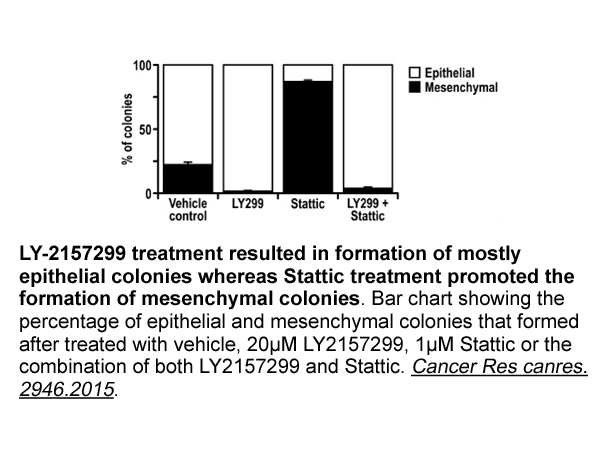
Resistance to avermectins has been associated with point mutations of GluCls in C. elegans, D. melanogaster, T. urticae and P. xylostella (Dent et al., 2000; Dermauw et al., 2012; Kane et al., 2000; Kwon et al., 2010; Wang et al., 2016a, 2017). Our electrophysiological study found a 8.2-fold reducti
-
br Introduction Breast cancer is the
2020-03-03
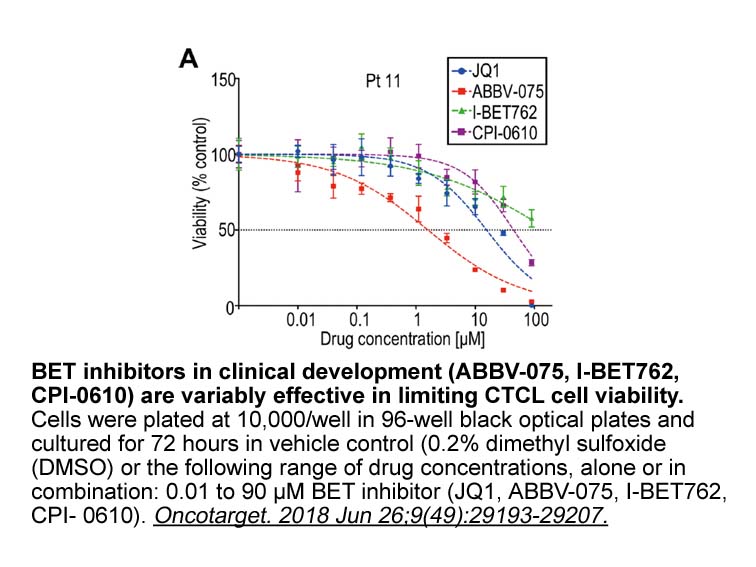
Introduction Breast cancer is the most common cancer in women and one of the leading causes of death worldwide. Estrogen receptor alpha (ERα, “wild-type” estrogen receptor), encoded by the estrogen receptor1 (ESR1) gene, is expressed in approximately 70% of all breast cancers. Hormonal therapy ha
16184 records 905/1079 page Previous Next First page 上5页 901902903904905 下5页 Last page